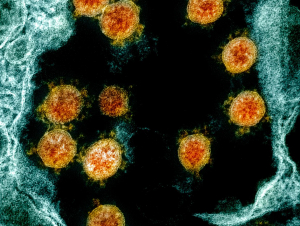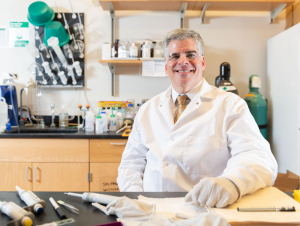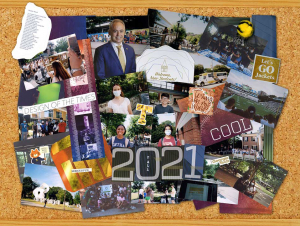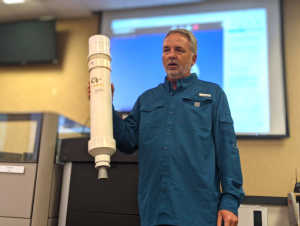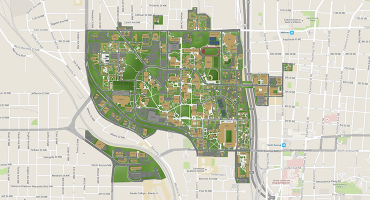To request a media interview, please reach out to experts using the faculty directories for each of our six schools, or contact Jess Hunt-Ralston, College of Sciences communications director. A list of faculty experts is also available to journalists upon request.
Latest News
Researchers led by Jeffrey Skolnick have designed a new AI-based “decision prioritization tool” that combines data on protein pathways with common Covid-19 side effects and known patient comorbidities. The tool offers possible targeted treatment options with existing FDA-approved drugs to foster better health outcomes for individuals fighting Covid-19.
Researcher is third faculty member from Georgia Tech, second director of Petit Institute, elected to NAM
After a year and a half unlike any other, the Georgia Tech community continues to navigate the pandemic with a hopeful eye toward the future. We gave four students the chance to document their lives on campus with 27 exposures on a disposable camera. It’s a new look at the Tech campus through an old-school lens.
School of Biological Sciences researchers Cody Clements and Mark Hay are building symbiotic ‘underwater gardens’ in the Pacific Ocean to show how different species of coral can work together to possibly restore degraded reefs.
Professor Sally Ng will lead a $12 million initiative funded by the National Science Foundation to provide long-term measurements of the properties of aerosols.
Randall Mathews and Russ Clark are co-leads of the Smart Sea Level Sensors (SSLS) team, together with Georgia Tech’s Dr. Kim Cobb and the City of Savannah Office of Sustainability director Nick Deffley. The team just published a dashboard that allows for real-time flood visualization to aid in emergency planning and response in Chatham County.
The dashboard draws data from a growing network of 52 internet-enabled sea level sensors installed near waterways and bridges within Chatham County. Designed to use mostly off-the-shelf parts and approximately the size of a shoebox, the sensors were assembled through a partnership with local students and community groups, including the Harambee House, a Savannah-area organization that works with at-risk communities to build capacity around resolving social, economic, and environmental issues.

